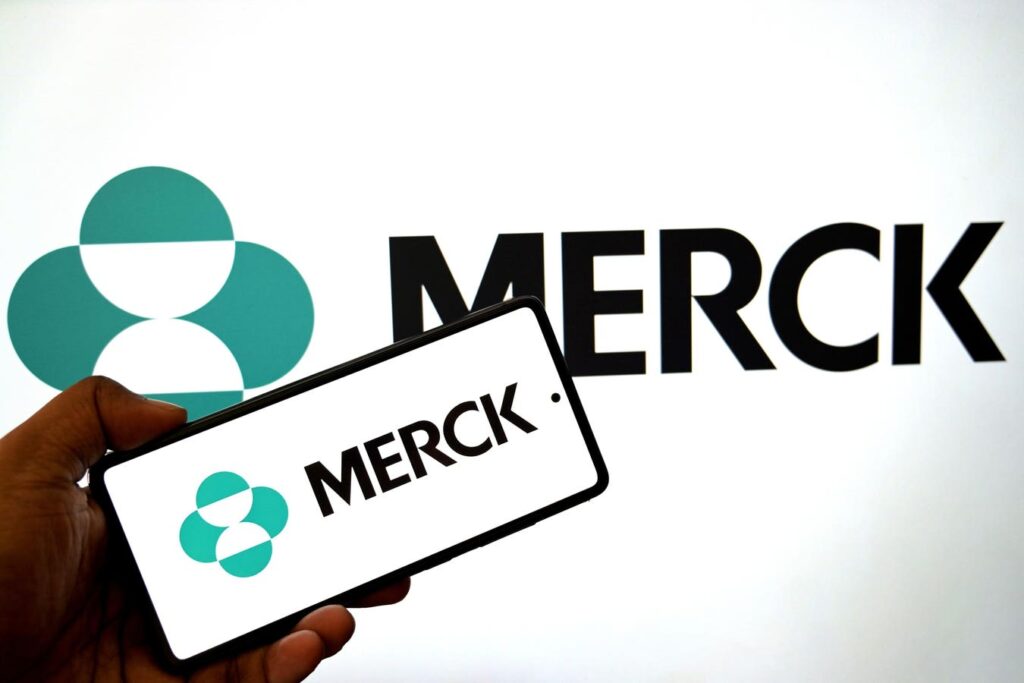Merck’s (NYSE:MRK) top-selling drug – Keytruda’s – impressive recent growth tells a compelling story, but it’s one with a predictable ending. The pharmaceutical giant’s remarkable performance is largely attributed to the phenomenal success of Keytruda, its blockbuster oncology drug. However, beneath this success lies a growing concern: the sustainability of this growth trajectory, particularly as competition intensifies in the oncology space.
Keytruda has been nothing short of a financial juggernaut for Merck. Sales have skyrocketed an astounding 72% from $17 billion in 2021 to $29 billion last year, single-handedly driving Merck’s double-digit average revenue growth over the past three years. The drug now accounts for a substantial 46% of the company’s total revenues. That’s big. Nearly half of the company’s sales comes from a single drug—a level of dependency that would make any investor pause. It’s precisely why sector diversification is a key factor we consider for our High Quality (HQ) portfolio. This strategic focus on ensuring a healthy mix of companies across sectors has enabled the HQ portfolio to outperform the S&P 500, achieving returns greater than 91% since its inception. Separately, see – Buy, Sell, or Hold HIMS Stock?
The Looming Patent Cliff
There’s no guessing about Keytruda’s future trajectory: its U.S. market exclusivity ends in 2028, leading to inevitable biosimilar competition. This isn’t speculation—it’s a certainty that will fundamentally reshape Merck’s financial landscape. The larger a drug’s sales, the more challenging it becomes for a company to offset the revenue gap once its patent expires. Our estimates suggest Keytruda’s sales will peak around $36 billion by 2028, but could these annual sales fall to $20 billion or even under $15 billion within the next four to five years? It’s highly probable.
The Brutal Reality of Biosimilar Competition
Make no mistake: sales fall sharply when a biosimilar enters the market. The pharmaceutical industry provides stark examples of this disruptive force. AbbVie’s Humira, another former blockbuster, lost nearly 60% of its sales in just a couple of years, plummeting from a peak of $21 billion in 2022 to under $9 billion last year. Similarly, Roche’s Herceptin lost its market exclusivity in the U.S. in 2019 and saw its sales plunge from $7 billion in 2018 to $3.7 billion in 2020. These examples demonstrate the powerful and predictable impact of biosimilar competition—a reality that Merck will soon face.
The Growth Slowdown Ahead
Can Merck maintain sales growth when its biggest drug’s sales are projected to decline significantly? Currently, the answer is “unlikely.” While the pharmaceutical landscape can change rapidly with strategic acquisitions or licensing deals for promising drugs, the fundamental challenge remains: Merck’s Keytruda-fueled growth story is set to slow, and that shift will likely occur around 2028.
When this period of high growth ends, Merck’s valuation is expected to drop significantly. In fact, to some extent, investors have already started to account for this reality, as evidenced by a 40% decline in MRK stock over the last twelve months. Of course, other factors are also fueling this decline, primarily the drop in Gardasil sales—Merck’s second best-selling drug—due to slowing demand in China.
The company faces the daunting task of either finding replacement revenue streams in the next three years or accepting a new reality of slower, or even falling, sales.
The Investment Implications
This scenario underscores the importance of building a resilient investment portfolio that balances risk and reward. Merck’s situation serves as a reminder that even the most successful pharmaceutical companies face inevitable patent cliffs that can dramatically alter their growth trajectories. The Keytruda dependency represents both Merck’s greatest current strength and its most significant near-term vulnerability.
Investors must weigh the company’s current robust performance against the certainty of coming challenges, making diversification across multiple stocks crucial for managing this type of concentrated risk. Our Trefis High Quality (HQ) portfolio exemplifies this approach, having significantly outperformed the S&P 500, Nasdaq, and Russell 2000, clocking in over 91% returns since inception. Balancing risk and reward is precisely why diversifying across multiple stocks is crucial.
Read the full article here


